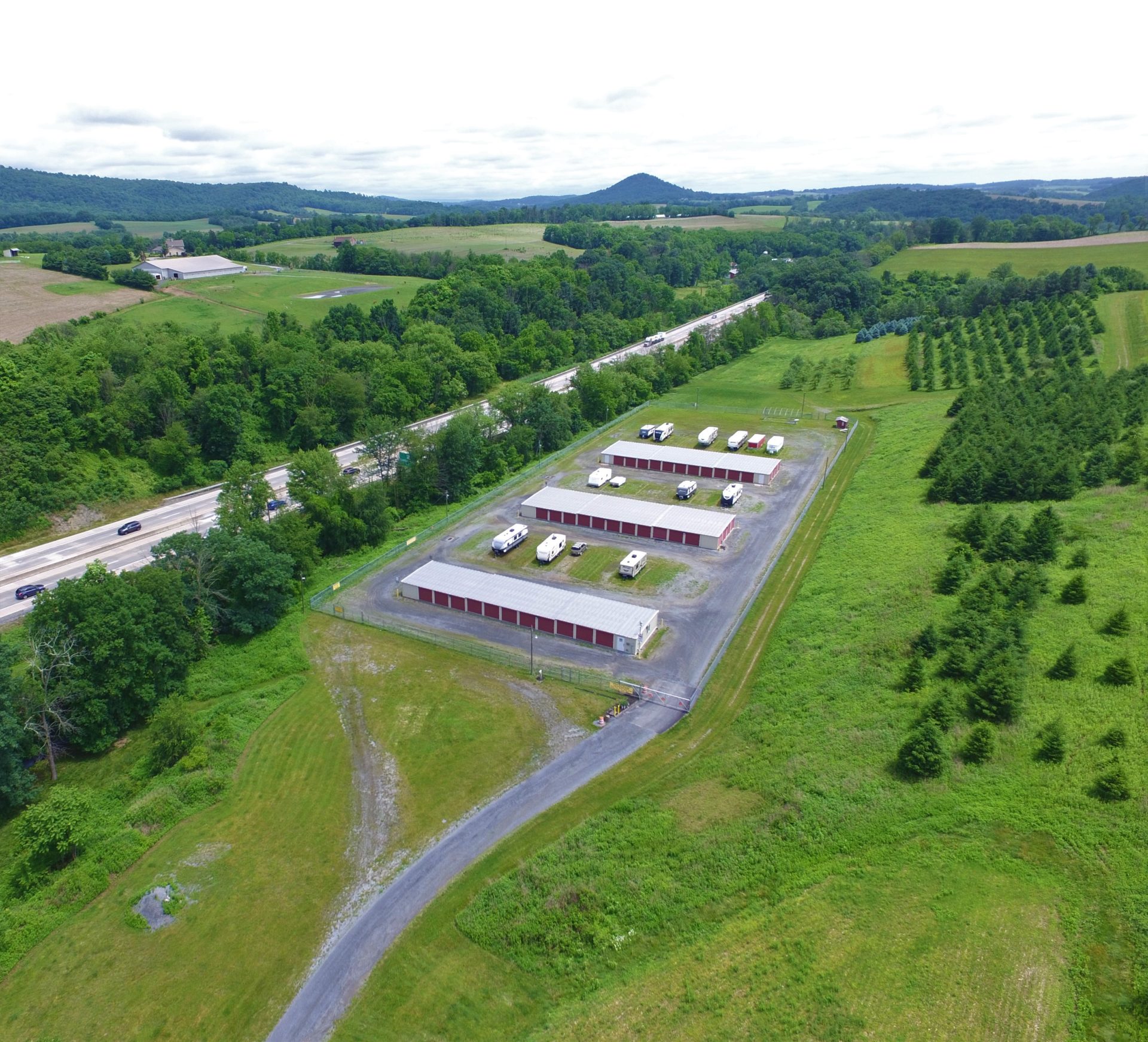Strategies to Gain Self-Storage Facility Zoning Approval

Getting approval from your local zoning board is one of the biggest hurdles to building your self-storage facility. If you don’t know all the requirements and regulations, your project could be stopped in its tracks. Thankfully, with the right preparation, you can plan your self-storage project for zoning approval. Follow these tips to gain your zoning board’s support.
1. Understand Zoning Regulations
Zoning requirements vary depending on where you want to build your self-storage unit. Some towns have very specific self-storage zoning regulations, while others are more general. Some examples of self-storage zoning regulations include:
- The storage facility can’t be located within three miles of another storage facility.
- No development or restricted development is permitted within 150 feet of wetlands.
- One parking space is required per 1,000 square feet of building.
- The self-storage facility can only be located in an industrial park zone.
You can typically find this information online or at city hall.
2. Meet With City Staff
Meet with the city planner and engineer early in the process to learn more about regulations and build rapport with them. Ask for any recommendations they may have as you move forward.
Once you have a conceptual plan, meet with them again to ensure you haven’t overlooked anything before completing your site plans.
3. Approach the Community
One of the main factors that contributes to project approval is positive public opinion about your self-storage facility. Meet with community leaders and businesses to introduce them to your project and answer their questions.
4. Create a Detailed Site Plan
A detailed site plan is crucial to securing a building permit for your storage facility. Your plan must meet all local regulations and include design drawings.
5. Polish Your Presentation
After you apply for a permit, you’ll need to present your plans to the planning commission and the public at a public hearing. Your presentation should cover all the details of your project and the benefits your storage facility can bring to the community. You may want to include marketing studies, security plans and staff inspection requirements to reassure people that you’ve done your due diligence planning your self-storage facility.
You can also include pictures in your presentation to show people what they can expect from your facility and eliminate any guesswork about your design plans.
6. Be Prepared to Answer Questions
After your presentation, you’ll likely have to answer audience questions about everything from lighting concerns to hours of operation. Be prepared to refute storage facility myths — such as how they generate more traffic or aren’t aesthetically pleasing — and prove that your storage facility is good for the town.
Contact Investment Real Estate, LLC
IRE is an industry-leading self-storage real estate business. We have over two decades of experience brokering self-storage facility deals between qualified sellers and buyers. Our experienced brokers go the extra mile to assist you with every step of the process. Get in touch with us today to learn more about our self-storage services.

